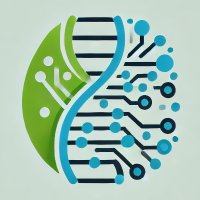
Biology+AI Daily
@biologyaidaily
Protein/Antibody Designer, AI for drug design, Deep learning and large language model. Share daily papers on biology + AI
ID: 751356947157442561
08-07-2016 10:07:10
3,3K Tweet
10,10K Followers
261 Following





















@biologyaidaily
Protein/Antibody Designer, AI for drug design, Deep learning and large language model. Share daily papers on biology + AI
ID: 751356947157442561
08-07-2016 10:07:10
3,3K Tweet
10,10K Followers
261 Following



















